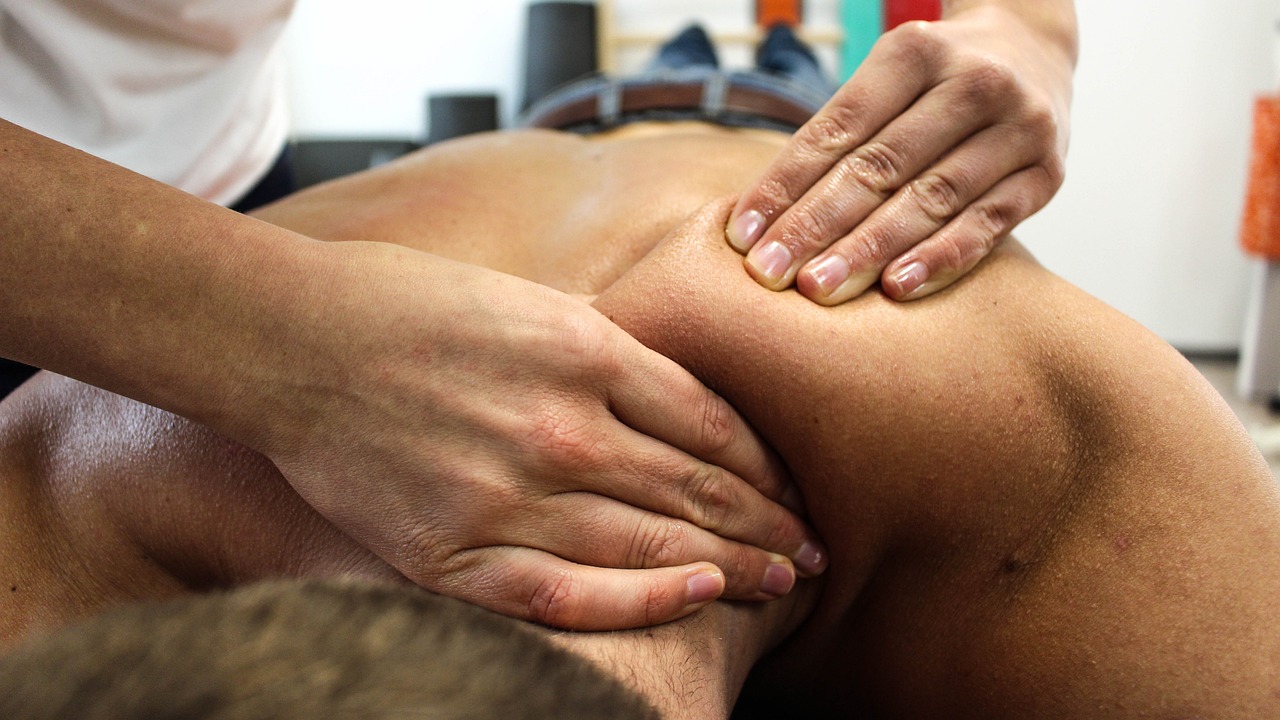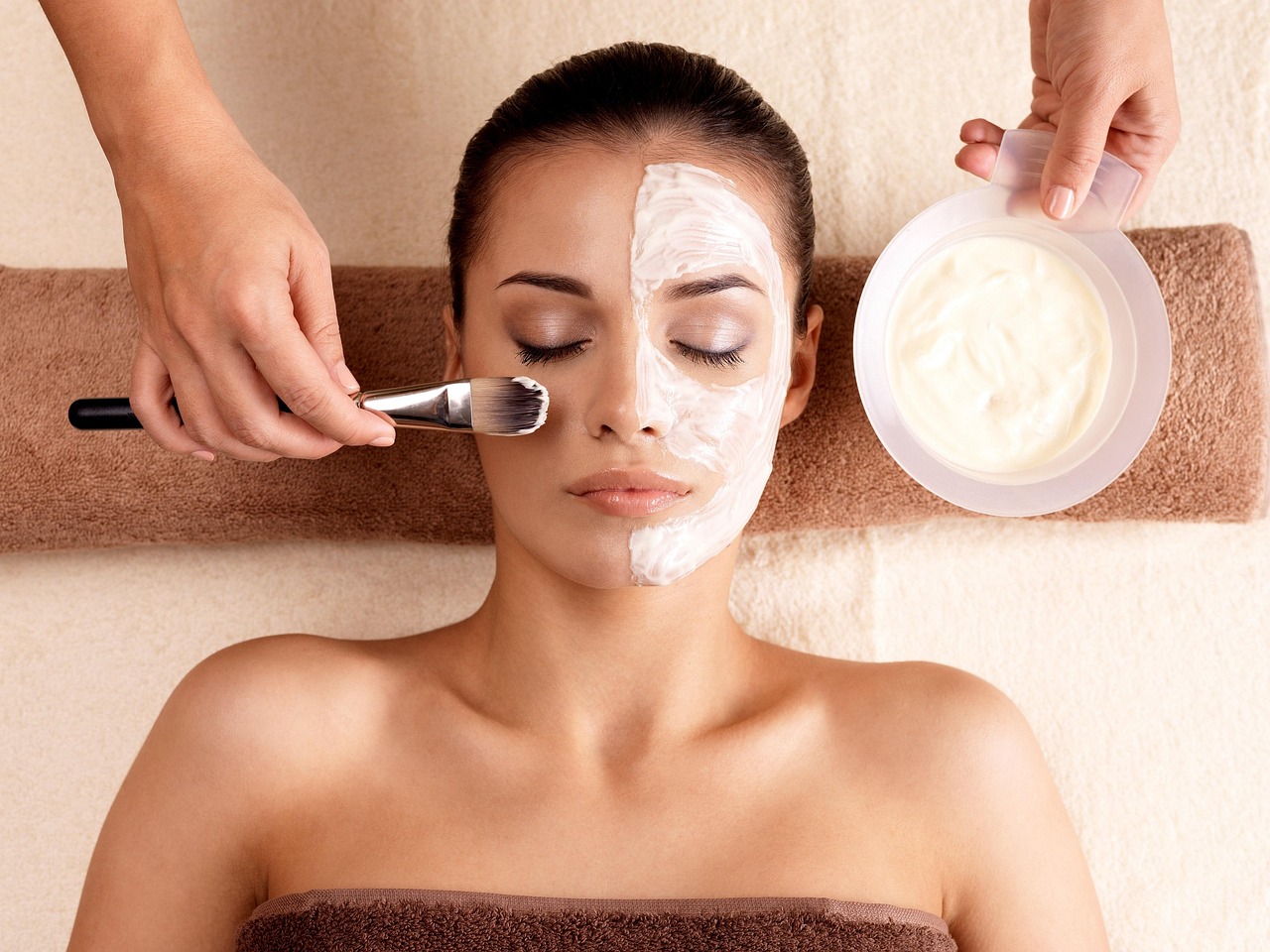This article delves into the fascinating integration of traditional Asian massage techniques with contemporary physical therapy practices. By highlighting their combined benefits, we aim to showcase how this synergy can lead to improved holistic health and overall wellness.
Understanding Asian Massage Techniques
Asian massage encompasses a variety of practices, such as Shiatsu, Thai massage, and Tui Na. Each technique offers unique benefits and approaches to healing, focusing on the balance of energy within the body and promoting mental clarity.
The Role of Physical Therapy
Physical therapy is dedicated to rehabilitation and pain management through exercises, manual therapy, and patient education. Its primary goal is to restore function and enhance the quality of life for individuals suffering from injuries or chronic conditions.
Benefits of Combining Asian Massage and Physical Therapy
Integrating Asian massage techniques with physical therapy can significantly enhance treatment outcomes. Patients often experience deeper relaxation, improved circulation, and effective pain relief, which collectively promote overall wellness.
Simplifying Shiatsu: A Japanese Approach to Healing
Shiatsu utilizes finger pressure on specific points to balance energy flow, alleviate tension, and support both physical and emotional health. Techniques such as palm pressure and stretching are employed to release muscle tension and improve flexibility, making it a valuable complement to physical therapy.
Exploring Thai Massage: A Dynamic Practice
Thai massage combines acupressure, assisted yoga postures, and stretching techniques. This practice not only promotes flexibility but also enhances energy flow, making it ideal for rehabilitation settings. The rhythmic compressions and yoga-like stretches can significantly improve joint mobility and accelerate recovery.
Tui Na: The Chinese Therapeutic Massage
Tui Na focuses on stimulating acupressure points and meridians, promoting healing and balance. Techniques such as kneading and rolling target specific discomfort areas, enhancing the effectiveness of physical therapy interventions.
Integrating Techniques for Optimal Results
Combining these traditional Asian practices with modern physical therapy creates a comprehensive treatment plan that addresses both the physical and emotional aspects of healing. This holistic approach can lead to improved patient outcomes and satisfaction.
Creating a Personalized Treatment Plan
A personalized treatment plan that incorporates both Asian massage and physical therapy can effectively address individual needs. This tailored approach enhances the effectiveness of rehabilitation efforts and promotes long-term health.
Patient Feedback and Success Stories
Numerous patient testimonials highlight the positive impact of this integrative approach. Many report improved recovery times and greater satisfaction with their treatment outcomes, showcasing the benefits of combining Asian massage techniques with physical therapy.
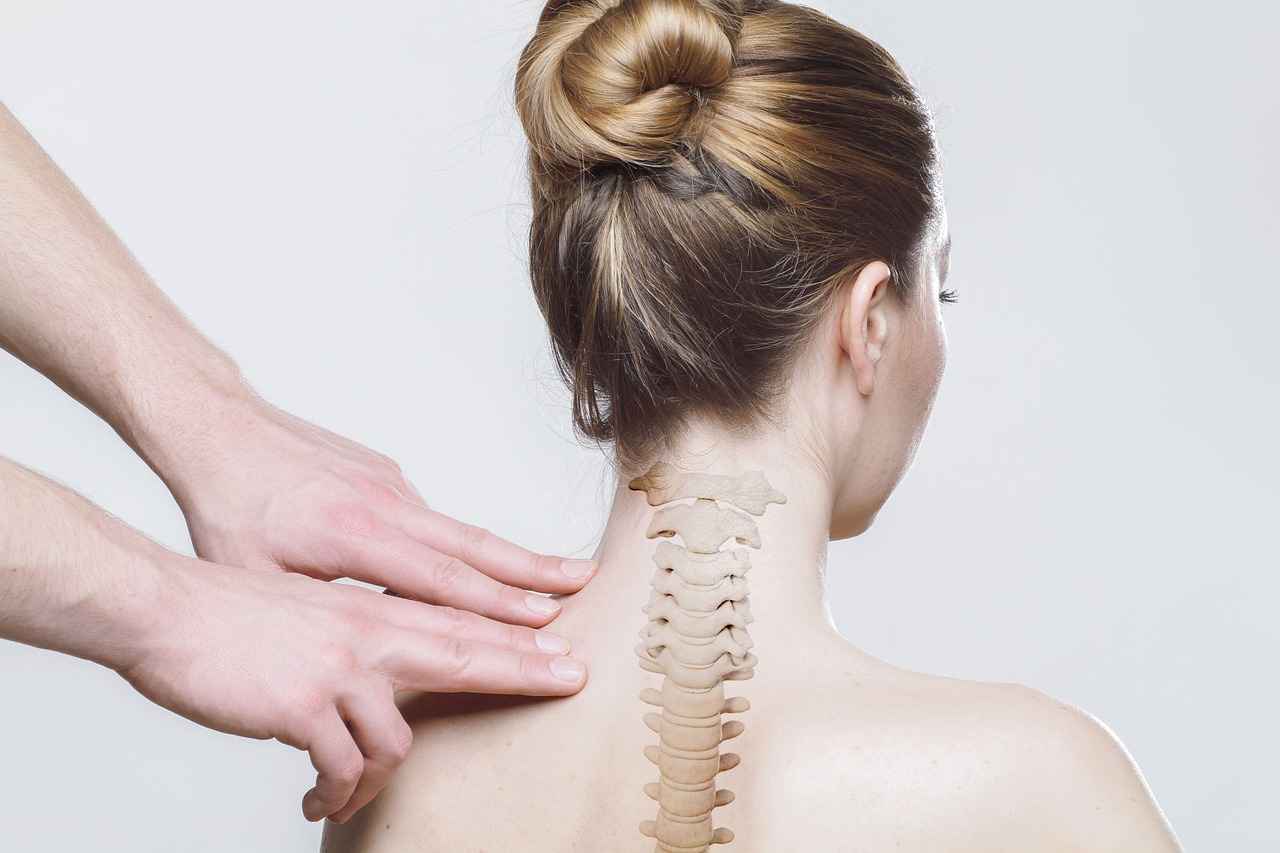
Understanding Asian Massage Techniques
Asian massage techniques are a rich tapestry of practices that have evolved over centuries, deeply rooted in cultural traditions and philosophies. These techniques not only focus on physical relaxation but also aim to harmonize the body and mind. Among the most prominent methods are Shiatsu, Thai massage, and Tui Na, each offering distinct approaches and benefits.
Shiatsu is a Japanese massage technique that translates to “finger pressure.” It involves applying pressure to specific points along the body’s energy pathways, or meridians. This method promotes the flow of Qi (vital energy) and is known to alleviate stress, reduce tension, and enhance emotional well-being. Shiatsu practitioners often incorporate stretching and joint mobilization to improve flexibility and relieve muscle tightness.
Thai massage, on the other hand, is a dynamic practice that combines acupressure with assisted yoga postures. This technique not only promotes relaxation but also significantly enhances flexibility and energy flow. The rhythmic compressions and stretches used in Thai massage can improve joint mobility and circulation, making it an excellent adjunct to physical therapy.
Tui Na is a traditional Chinese therapeutic massage that focuses on stimulating acupressure points and meridians. This technique employs kneading, rolling, and pressing to target areas of discomfort, promoting healing and balance throughout the body. Tui Na is particularly effective in addressing musculoskeletal issues, making it a valuable complement to conventional physical therapy practices.
Integrating these Asian massage techniques into treatment plans can lead to holistic health benefits. Patients often report improved recovery times, enhanced relaxation, and a greater overall sense of well-being. As the field of health and wellness continues to evolve, the synergy between traditional Asian practices and modern therapeutic approaches offers a promising pathway for comprehensive care.

The Role of Physical Therapy
Physical therapy is an essential component of modern healthcare, focusing on the rehabilitation and management of pain for individuals experiencing injuries or chronic conditions. By utilizing a combination of exercise, manual therapy, and patient education, physical therapy aims to restore function and enhance the quality of life for patients. This multifaceted approach not only addresses physical limitations but also empowers patients with the knowledge and skills to manage their health effectively.
One of the primary goals of physical therapy is to facilitate recovery through tailored exercise programs. These programs are designed to strengthen muscles, improve flexibility, and enhance overall mobility. For instance, patients recovering from surgery often engage in specific exercises that gradually increase in intensity, allowing them to regain strength and functionality.
In addition to exercise, manual therapy plays a crucial role in physical therapy. This hands-on approach includes techniques such as joint mobilization and soft tissue manipulation, which can alleviate pain and reduce muscle tension. By addressing these physical barriers, manual therapy helps patients achieve a greater range of motion and improved physical performance.
Moreover, patient education is a vital aspect of physical therapy. Therapists work closely with patients to educate them about their conditions, treatment options, and self-management strategies. This empowerment fosters a sense of ownership over one’s health and encourages adherence to prescribed rehabilitation programs.
Ultimately, physical therapy is not just about treating symptoms; it is about restoring function and enhancing the overall quality of life. By combining exercise, manual therapy, and education, physical therapists provide comprehensive care that addresses both the physical and emotional aspects of recovery. This holistic approach not only facilitates healing but also equips patients with the tools necessary for long-term wellness.
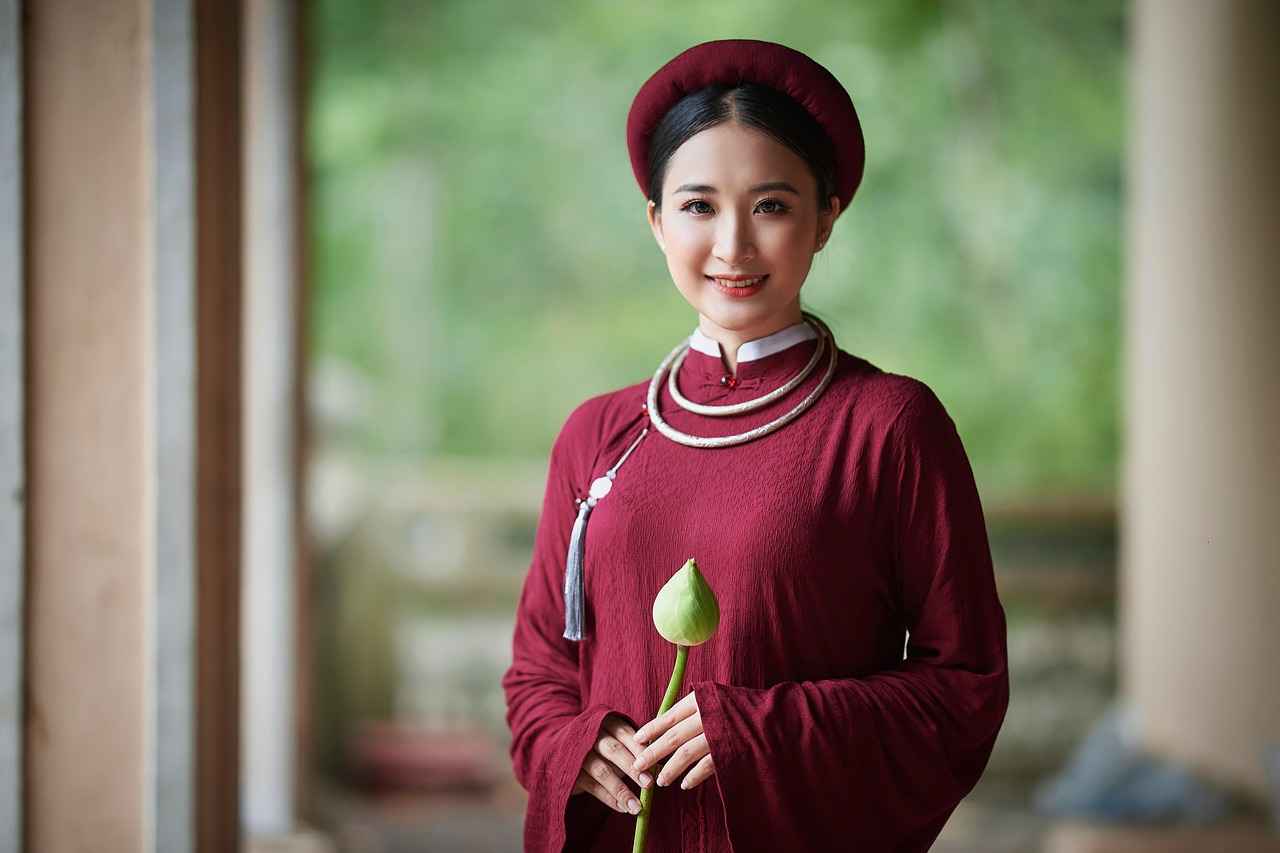
Benefits of Combining Asian Massage and Physical Therapy
The integration of Asian massage techniques with physical therapy represents a transformative approach to health and wellness. By combining these two modalities, practitioners can offer patients a more comprehensive treatment plan that addresses both physical and emotional aspects of healing. This synergy not only enhances treatment outcomes but also promotes a holistic sense of well-being.
One of the primary benefits of merging Asian massage with physical therapy is the profound relaxation it provides. Techniques such as Shiatsu and Thai massage are known for their ability to relieve tension and stress. By incorporating these methods into physical therapy sessions, patients can experience a deeper state of relaxation, which is crucial for effective healing.
Asian massage techniques often focus on stimulating blood flow and enhancing circulation. This is particularly beneficial for individuals recovering from injuries or dealing with chronic pain. The rhythmic movements and pressure applied during these massages can help to increase blood flow, thereby accelerating the healing process and improving overall mobility.
Combining Asian massage with physical therapy can lead to more effective pain relief. Techniques such as Tui Na specifically target painful areas, promoting the release of endorphins and reducing discomfort. This dual approach allows therapists to address pain from multiple angles, providing patients with a more robust pain management strategy.
Integrating these two practices fosters a more holistic approach to health. By acknowledging the connection between body and mind, therapists can create treatment plans that not only focus on physical ailments but also consider emotional and psychological factors. This comprehensive perspective is essential for long-term wellness and recovery.
Finally, the combination of Asian massage and physical therapy emphasizes personalized treatment. Each patient has unique needs and responses to treatment, and a tailored approach can enhance the effectiveness of rehabilitation efforts. By actively involving patients in their treatment plans, therapists can ensure better adherence and satisfaction with the healing process.
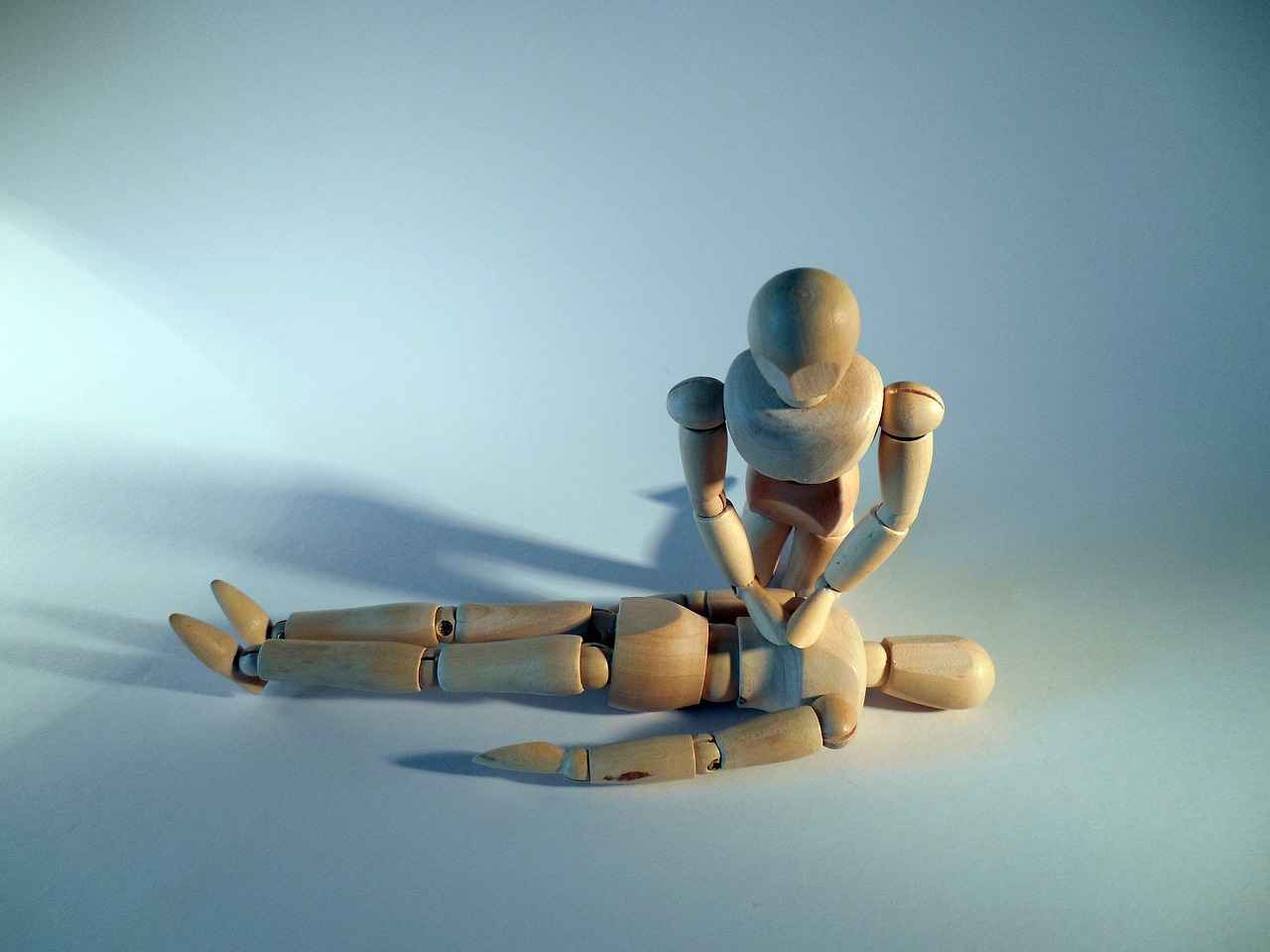
Shiatsu: A Japanese Approach to Healing
Shiatsu is a traditional Japanese massage technique that emphasizes the application of finger pressure on specific points throughout the body. This holistic approach is rooted in the principles of traditional Chinese medicine and aims to balance the body’s energy, known as Qi, thereby promoting overall health and well-being.
The practice of Shiatsu is not merely about physical manipulation; it engages both the body and mind. By targeting specific acupressure points, Shiatsu practitioners work to alleviate tension, reduce stress, and enhance emotional health. This makes it a valuable tool for those seeking to improve their overall quality of life.
- Balancing Energy Flow: Shiatsu aims to restore the natural flow of energy within the body, which can become blocked due to stress, illness, or lifestyle factors.
- Alleviating Tension: The application of pressure helps to release muscle tightness and improve flexibility, which can be particularly beneficial for individuals with chronic pain or stiffness.
- Supporting Emotional Health: Shiatsu can also help to alleviate symptoms of anxiety and depression, promoting a sense of calm and relaxation.
Shiatsu utilizes a variety of techniques, including palm pressure, stretching, and joint mobilization. These methods not only enhance physical well-being but also encourage a deeper connection between the body and mind. The rhythmic application of pressure can lead to profound relaxation, making it an excellent complement to modern physical therapy practices.
Research has shown that Shiatsu can significantly improve sleep quality, reduce fatigue, and enhance overall vitality. By integrating Shiatsu with conventional treatment methods, patients may experience enhanced recovery rates and improved emotional resilience.
In summary, Shiatsu represents a unique and effective approach to healing that aligns well with contemporary health practices. Its ability to address both physical and emotional aspects of health makes it a valuable addition to any wellness regimen.
Techniques Used in Shiatsu
Shiatsu, a traditional Japanese massage technique, utilizes a variety of therapeutic methods to promote physical and mental well-being. Among the key techniques employed in Shiatsu are palm pressure, stretching, and joint mobilization. These methods are not just about relaxation; they play a crucial role in enhancing the body’s overall functionality.
- Palm Pressure: This technique involves applying firm pressure with the palms and fingers on specific points of the body. These points correspond to energy pathways, known as meridians, which can help release muscle tension and improve blood circulation.
- Stretching: Shiatsu incorporates gentle stretching to increase flexibility and range of motion. This aspect is particularly beneficial for individuals recovering from injuries or those experiencing stiffness, making it an effective complement to physical therapy.
- Joint Mobilization: By gently manipulating joints, Shiatsu helps to enhance mobility and reduce discomfort. This technique can be especially advantageous for patients with chronic pain or limited movement, as it promotes a greater sense of well-being.
Research indicates that the combination of these techniques not only aids in muscle relaxation but also contributes to improved emotional health. Shiatsu encourages the release of endorphins, which can lead to reduced stress levels and enhanced mood. Moreover, the holistic approach of Shiatsu aligns well with modern physical therapy practices, creating a synergistic effect that can significantly enhance treatment outcomes.
In summary, the diverse techniques used in Shiatsu provide a comprehensive approach to healing that addresses both physical and emotional needs. By integrating these methods into physical therapy, practitioners can offer a more complete and effective treatment plan for their patients.
Health Benefits of Shiatsu
Spa and wellness enthusiasts are increasingly turning to Shiatsu, a traditional Japanese massage technique known for its profound health benefits. This hands-on therapy focuses on applying pressure to specific points on the body, aiming to restore balance and promote overall wellness.
Research has shown that Shiatsu can significantly reduce stress. The technique encourages deep relaxation, which can lower cortisol levels, the hormone primarily responsible for stress. By alleviating tension, Shiatsu not only calms the mind but also helps in managing anxiety and depression symptoms, contributing to a more balanced emotional state.
Another remarkable benefit of Shiatsu is its ability to improve sleep quality. Many individuals report experiencing better sleep patterns after receiving Shiatsu treatments. This improvement is attributed to the relaxation response induced during sessions, which can help alleviate insomnia and other sleep disorders. The gentle pressure and rhythmic movements promote a sense of calm, making it easier for individuals to fall asleep and stay asleep throughout the night.
Furthermore, Shiatsu enhances overall well-being by addressing both physical and emotional health. It is believed to stimulate the body’s natural healing processes, improving circulation and promoting the flow of energy, or “Qi.” This holistic approach not only aids in physical recovery but also fosters emotional resilience, empowering individuals to cope with daily challenges more effectively.
In addition to these benefits, Shiatsu can also complement conventional physical therapy practices. By incorporating Shiatsu into rehabilitation plans, patients may experience enhanced recovery from injuries and chronic conditions. The combination of Shiatsu’s therapeutic effects with targeted physical therapy techniques can lead to improved outcomes and a more comprehensive approach to health.
In summary, Shiatsu is a valuable addition to health and wellness practices, offering a wide range of benefits, including stress reduction, improved sleep quality, and enhanced overall well-being. Its integration with physical therapy can elevate treatment effectiveness, making it a holistic choice for those seeking to improve their health.
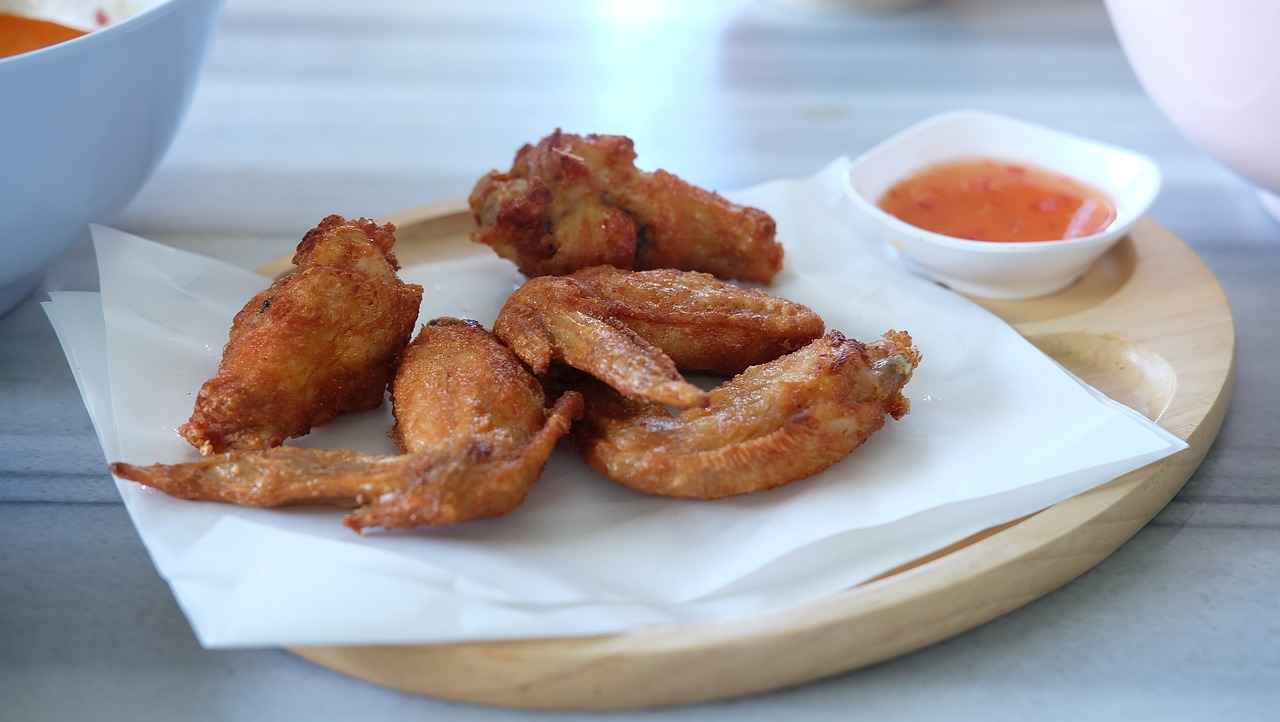
Thai Massage: A Dynamic Practice
Thai massage, a profound and ancient practice, seamlessly integrates elements of acupressure, assisted yoga postures, and stretching techniques. This unique combination not only promotes flexibility but also enhances energy flow throughout the body. As a result, it serves as an exceptional complement to modern physical therapy, particularly in rehabilitation settings.
- Acupressure: This technique focuses on applying pressure to specific points on the body, which helps in relieving tension and pain while promoting overall well-being.
- Assisted Yoga Postures: Thai massage incorporates yoga-like stretches that facilitate greater flexibility and mobility, making it easier for individuals to regain strength after injuries.
- Stretching Techniques: These techniques are aimed at elongating the muscles and improving joint range of motion, which is crucial for rehabilitation.
The effectiveness of Thai massage in rehabilitation is underscored by its ability to enhance physical therapy outcomes. By combining the principles of traditional healing with modern therapeutic practices, patients often experience significant improvements in their recovery journeys.
- Improved Joint Mobility: Regular sessions can lead to increased flexibility, allowing patients to perform daily activities with less discomfort.
- Pain Reduction: The deep pressure applied during Thai massage can alleviate chronic pain, making physical therapy more effective.
- Enhanced Circulation: Improved blood flow aids in quicker recovery and reduces muscle soreness post-therapy.
Incorporating Thai massage into a rehabilitation program not only addresses physical ailments but also contributes to emotional and mental well-being. The holistic approach of this practice fosters a sense of balance and relaxation, enhancing the overall recovery experience.
As healthcare continues to evolve, the integration of Thai massage with physical therapy stands out as a promising avenue for achieving optimal health outcomes, ensuring that patients receive comprehensive care tailored to their unique needs.
Core Techniques of Thai Massage
involve a unique blend of rhythmic compressions and yoga-like stretches that not only enhance physical mobility but also promote relaxation and healing. This ancient practice, rooted in traditional Thai medicine, has gained recognition for its holistic benefits in various therapeutic settings, particularly in conjunction with physical therapy.
At the heart of Thai massage is the principle of energy flow. Practitioners believe that by manipulating the body’s energy lines, known as Sen lines, they can alleviate physical discomfort and restore balance. This is achieved through a series of techniques, including:
- Rhythmic Compressions: These involve applying pressure to specific points along the body, helping to release muscle tension and improve blood circulation.
- Yoga-Like Stretches: Assisted stretches are performed to enhance flexibility and range of motion, which can be particularly beneficial for individuals recovering from injuries.
- Gentle Rocking Movements: These motions help to calm the nervous system and promote deep relaxation, making the experience not only therapeutic but also enjoyable.
Research has shown that these techniques can significantly enhance recovery in physical therapy patients. By incorporating Thai massage into rehabilitation programs, patients often experience:
- Improved joint mobility, which is crucial for regaining function post-injury.
- Reduced muscle tightness, leading to less pain and discomfort during recovery.
- Enhanced blood circulation, which accelerates the healing process by delivering essential nutrients to tissues.
Furthermore, the holistic approach of Thai massage addresses both physical and emotional well-being, making it a valuable addition to conventional physical therapy practices. It fosters a sense of relaxation and mental clarity, allowing patients to engage more fully in their recovery journey.
In summary, the core techniques of Thai massage not only facilitate physical recovery but also contribute to overall wellness, making them an indispensable tool in modern therapeutic practices.
Benefits of Thai Massage in Rehabilitation
Thai massage is a holistic practice that integrates various techniques to promote physical and mental well-being. Particularly beneficial in rehabilitation settings, this ancient art form combines elements of acupressure, yoga-like stretches, and rhythmic compressions, making it a powerful adjunct to modern physical therapy.
One of the most significant benefits of Thai massage in rehabilitation is its ability to improve joint mobility. The incorporation of assisted stretching techniques allows for greater flexibility, which is crucial for individuals recovering from injuries. By enhancing the range of motion in joints, patients can regain their physical capabilities more efficiently.
Additionally, Thai massage is known for its effectiveness in reducing pain. The combination of deep pressure and stretching can alleviate muscle tension, which often contributes to discomfort. This pain relief is not only immediate but can also lead to long-term benefits as patients engage more actively in their rehabilitation exercises.
Moreover, Thai massage significantly increases blood circulation. Improved circulation is vital for healing, as it ensures that oxygen and nutrients are delivered to damaged tissues. This enhanced blood flow can accelerate recovery times, allowing patients to return to their daily activities sooner. The invigorating nature of Thai massage helps to invigorate the body, promoting overall vitality during the rehabilitation process.
In summary, the integration of Thai massage into rehabilitation programs offers a multitude of benefits. By improving joint mobility, reducing pain, and increasing blood circulation, it supports the goals of physical therapy and enhances recovery from injuries. As a holistic approach, Thai massage not only addresses physical ailments but also contributes to a patient’s emotional and mental well-being, making it a valuable tool in the journey toward recovery.

Tui Na: The Chinese Therapeutic Massage
Tui Na is a revered traditional Chinese therapeutic massage that plays a pivotal role in holistic healing. This ancient practice is centered around the stimulation of acupressure points and meridians in the body, which are believed to facilitate the flow of Qi (energy). By promoting healing and restoring balance, Tui Na serves as a powerful complement to modern physical therapy methods.
Tui Na stands out among various massage techniques due to its focus on specific points that align with the body’s energy pathways. Unlike many Western massage styles, Tui Na incorporates a range of techniques designed to manipulate the body’s soft tissues and stimulate the circulatory and immune systems. The primary techniques include:
- Kneading: This technique helps in loosening tight muscles and alleviating pain.
- Rolling: A method that promotes relaxation and enhances blood flow.
- Pressing: Targeting acupressure points to relieve tension and restore energy balance.
Research indicates that Tui Na can provide numerous health benefits, making it an effective adjunct to physical therapy. Some of the key benefits include:
- Pain Relief: Tui Na is particularly effective in alleviating chronic pain conditions, such as lower back pain and arthritis.
- Improved Circulation: The techniques used in Tui Na enhance blood flow, which is crucial for recovery and overall health.
- Muscle Relaxation: By relieving muscle tension, Tui Na can enhance flexibility and mobility.
When Tui Na is integrated with physical therapy, it creates a comprehensive treatment approach that addresses both physical and emotional wellness. This synergy can lead to:
- Enhanced Recovery: Patients often experience quicker recovery times when combining Tui Na with conventional therapy.
- Holistic Healing: Addressing both physical symptoms and emotional stressors can lead to a more profound healing experience.
In summary, Tui Na is not just a massage; it is a therapeutic practice that can significantly enhance the effectiveness of physical therapy. By focusing on energy flow and holistic well-being, Tui Na offers a unique approach to health that can lead to lasting benefits.
Key Techniques in Tui Na
Tui Na, a cornerstone of traditional Chinese medicine, employs a variety of techniques that are designed to promote healing and balance within the body. Among its most effective methods are kneading, rolling, and pressing. Each of these techniques serves a unique purpose in addressing physical discomfort and enhancing the flow of energy, or Qi, throughout the body.
- Kneading: This technique involves applying pressure to muscle groups and soft tissues through a rhythmic, circular motion. It helps to release tension, improve circulation, and alleviate pain in targeted areas.
- Rolling: By using a rolling motion across the body, practitioners can stimulate the flow of blood and energy. This technique is particularly beneficial for loosening tight muscles and enhancing flexibility.
- Pressing: Tui Na practitioners use their fingers, palms, or elbows to apply firm pressure to specific acupressure points. This targeted approach not only relieves pain but also helps to restore balance and harmony within the body’s energy systems.
The integration of these techniques into physical therapy can significantly enhance treatment outcomes. By focusing on specific areas of discomfort, Tui Na complements conventional rehabilitation methods, offering a holistic approach to pain management and recovery. For instance, patients recovering from injuries may find that Tui Na techniques help reduce muscle stiffness and improve range of motion, which are crucial for effective rehabilitation.
Moreover, Tui Na’s emphasis on energy flow aligns well with the principles of physical therapy, where the goal is to restore function and mobility. As such, the combination of Tui Na and physical therapy not only addresses physical ailments but also promotes overall well-being, making it a valuable asset in any therapeutic regimen.
Clinical Benefits of Tui Na
Tui Na is a cornerstone of traditional Chinese medicine, recognized for its therapeutic properties. This ancient practice involves a variety of techniques aimed at restoring balance and promoting healing within the body. As modern healthcare evolves, the integration of Tui Na into physical therapy has garnered attention for its potential to enhance patient outcomes.
Research indicates that Tui Na can significantly alleviate pain through targeted manipulation of soft tissues and acupressure points. This approach not only addresses the symptoms of pain but also the underlying causes, making it a holistic treatment option. By focusing on the body’s meridians and energy flow, Tui Na facilitates the release of endorphins, which are natural pain relievers. This can be particularly beneficial for individuals suffering from chronic pain conditions.
In addition to pain relief, Tui Na is known to improve circulation. The techniques employed in Tui Na, such as kneading and rolling, stimulate blood flow, which is essential for delivering nutrients and oxygen to tissues while removing metabolic waste. Enhanced circulation can accelerate the healing process, making it a valuable adjunct to physical therapy, especially for those recovering from injuries or surgeries.
Moreover, Tui Na has been shown to enhance recovery from musculoskeletal conditions. By promoting relaxation and reducing muscle tension, it prepares the body for physical rehabilitation exercises. This synergy between Tui Na and physical therapy can lead to improved range of motion, reduced stiffness, and quicker recovery times, allowing patients to return to their daily activities more efficiently.
In summary, the clinical benefits of Tui Na extend beyond traditional massage. Its ability to alleviate pain, improve circulation, and enhance recovery from musculoskeletal conditions makes it a valuable adjunct to physical therapy practices. As more healthcare providers recognize these benefits, the integration of Tui Na into treatment plans may become increasingly common, offering patients a more comprehensive approach to their health and wellness.

Integrating Techniques for Optimal Results
Integrating diverse healing methods can significantly enhance therapeutic outcomes. Combining Asian massage techniques with modern physical therapy creates a comprehensive treatment plan that addresses both the physical and emotional aspects of healing. This integration not only leads to improved patient outcomes but also fosters a holistic approach to wellness.
Asian massage techniques, such as Shiatsu, Thai massage, and Tui Na, focus on energy flow and balance, offering unique benefits that complement the goals of physical therapy. Physical therapy, on the other hand, emphasizes rehabilitation and pain management through evidence-based practices. By merging these two modalities, practitioners can create a synergistic effect that enhances overall treatment efficacy.
- Enhanced Relaxation: The gentle techniques of Asian massage promote deep relaxation, which can help reduce stress and anxiety, factors that often hinder recovery.
- Improved Circulation: Both physical therapy and Asian massage techniques stimulate blood flow, aiding in the healing process and reducing muscle tension.
- Effective Pain Relief: The combination of targeted massage techniques with physical therapy interventions can lead to more effective pain management strategies.
Incorporating patient feedback into treatment plans is crucial. Many patients report significant improvements in their recovery times and overall satisfaction when both modalities are utilized. This feedback highlights the importance of a personalized approach to treatment that considers individual needs and preferences.
By developing a tailored treatment plan that integrates Asian massage with physical therapy, healthcare providers can address the multifaceted nature of health and healing. This comprehensive plan not only improves physical outcomes but also nurtures emotional well-being, paving the way for a more effective and satisfying recovery journey.
Creating a Personalized Treatment Plan
is essential for optimizing health outcomes, especially when combining the benefits of Asian massage techniques with physical therapy. A tailored approach allows practitioners to address the unique needs of each individual, ensuring that rehabilitation efforts are both effective and sustainable.
By assessing the patient’s specific condition, lifestyle, and preferences, healthcare providers can develop a comprehensive strategy that not only targets physical ailments but also promotes emotional well-being. This personalized plan often includes a blend of Shiatsu, Thai massage, and Tui Na, each contributing distinct therapeutic advantages.
- Shiatsu: This technique focuses on acupressure points, enhancing energy flow and relieving tension. It can be particularly beneficial for patients experiencing chronic pain or stress-related issues.
- Thai Massage: Incorporating assisted stretching and yoga-like movements, Thai massage improves flexibility and mobility. This is especially useful for individuals recovering from injuries or surgeries.
- Tui Na: By stimulating meridians and acupressure points, Tui Na promotes internal balance and healing, making it a valuable addition to physical therapy for musculoskeletal conditions.
Moreover, integrating these techniques can lead to enhanced pain relief, improved circulation, and a greater sense of relaxation. Patients often report feeling more energized and less anxious, which can significantly impact their overall recovery journey.
Feedback from patients who have undergone such integrated treatment plans often highlights the effectiveness of this holistic approach. Many express a sense of empowerment in their healing process, as they actively participate in their recovery through personalized care.
Ultimately, a well-structured treatment plan that combines Asian massage and physical therapy not only addresses immediate physical concerns but also fosters long-term health and wellness. This comprehensive approach can significantly enhance the quality of life for individuals seeking effective rehabilitation solutions.
Patient Feedback and Success Stories
Patient feedback plays a crucial role in understanding the effectiveness of combining Asian massage techniques with physical therapy. Numerous individuals have shared their experiences, highlighting the profound impact this integration has had on their recovery and overall well-being.
Many patients report significant improvements in their recovery times after incorporating Asian massage into their physical therapy regimen. For instance, one patient recovering from a knee injury noted that the combination of Shiatsu massage and targeted physical exercises not only alleviated pain but also enhanced their range of motion faster than anticipated. This sentiment is echoed by others who have experienced similar outcomes, emphasizing the importance of a holistic approach to healing.
Furthermore, testimonials frequently mention the enhanced relaxation and stress relief achieved through these combined therapies. Patients often describe feeling more at ease and mentally prepared for their rehabilitation sessions, which can significantly influence their commitment and progress. A patient recovering from back surgery stated, “The integration of Thai massage with my physical therapy sessions made me feel rejuvenated, allowing me to tackle my recovery with renewed vigor.”
In addition to physical benefits, many individuals report an improved sense of emotional well-being. The soothing effects of Asian massage techniques help patients manage anxiety and promote a more positive outlook during their recovery journey. One individual shared, “The combination of Tui Na and my physical therapy not only healed my body but also lifted my spirits, making the entire process more bearable.”
Overall, the positive feedback from patients underscores the effectiveness of integrating Asian massage techniques with physical therapy. These testimonials not only highlight improved recovery times but also showcase the overall satisfaction with treatment outcomes, indicating a promising path for those seeking comprehensive rehabilitation solutions.
Frequently Asked Questions
- What are the main benefits of combining Asian massage techniques with physical therapy?
Combining these practices can enhance relaxation, improve circulation, and provide effective pain relief. This synergy not only promotes physical recovery but also supports emotional well-being, creating a holistic approach to health.
- How does Shiatsu differ from other massage techniques?
Shiatsu focuses on applying finger pressure to specific points on the body to balance energy flow. Unlike traditional massages that might emphasize muscle relaxation, Shiatsu aims to alleviate tension and support both physical and emotional health.
- Can Thai massage help with injury recovery?
Absolutely! Thai massage incorporates stretching and acupressure, which can enhance flexibility and mobility. This makes it an excellent complement to physical therapy, especially in rehabilitation settings.
- What is Tui Na, and how does it benefit physical therapy?
Tui Na is a traditional Chinese massage technique that stimulates acupressure points to promote healing. Its techniques, such as kneading and rolling, effectively target discomfort and enhance recovery from musculoskeletal conditions.
- How can I create a personalized treatment plan that includes both therapies?
Consulting with a qualified practitioner can help tailor a treatment plan that meets your specific needs. This plan can integrate both Asian massage techniques and physical therapy to maximize recovery and promote long-term health.
